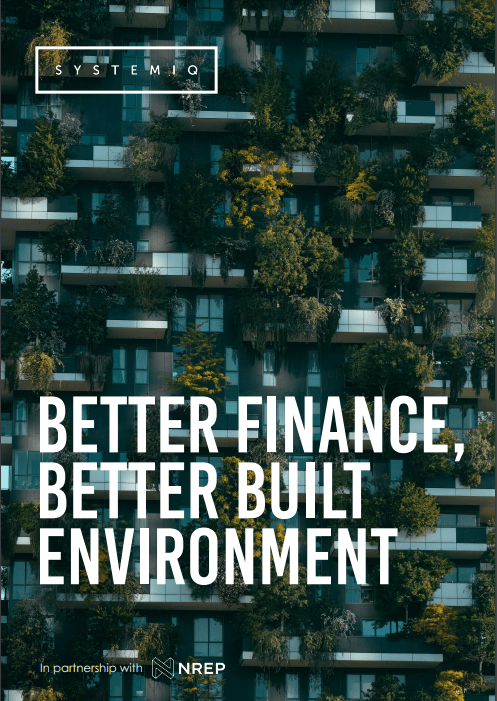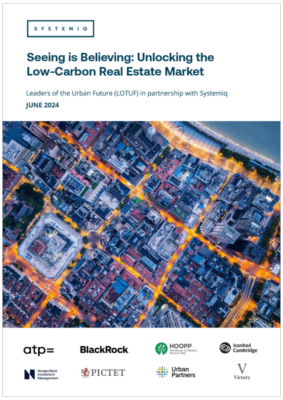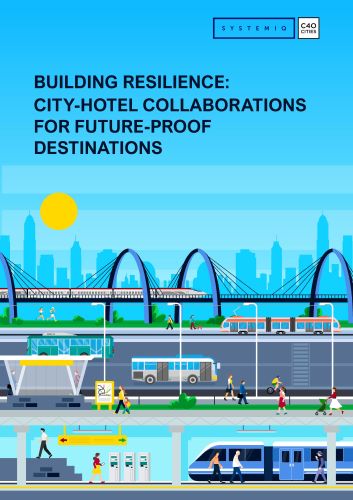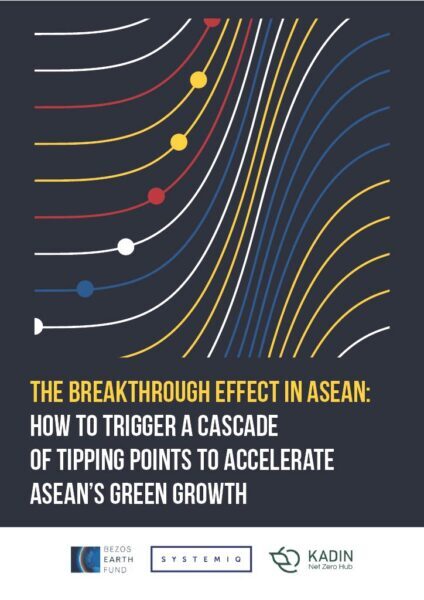Cities are the engine of the world economy. Home to more than half the population, they represent 80% of global GDP. By 2050, close to 7 billion people will live in urban areas, much of which is still to be built. This translates into one of the biggest investment opportunities of the next decade.
However, the built environment also accounts for 40% of global greenhouse emissions. A combination of market and planning failures has led to a number of systemic problems: sprawl or poor use of urban space; a bias to make up-front construction costs as cheap as possible; and under-investment in lifecycle performance. A business-as-usual approach will only accelerate climate change and associated investor risk.
But there is a better vision of the built environment: one that better aligns the interests of developers, financiers, governments and end users for greater investment in livable, attractive, net-zero cities.




